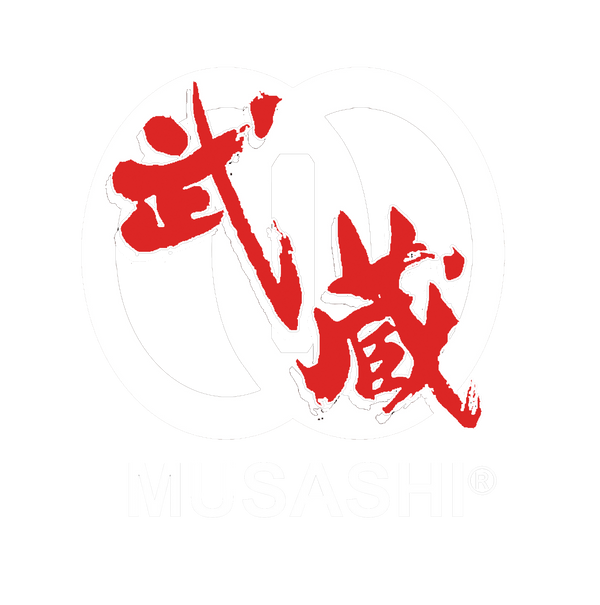
The History and Cultural Significance of Katanas
Katanas are more than just weapons; they hold a deep place in Japanese history and culture. Crafted with precision, these iconic swords have stood the test of time. For centuries, they have been a symbol of the samurai. Today, collectors and martial artists value their elegance and power. If you are drawn to tradition and artistry, Musashi Swords offers a unique selection of samurai swords for sale. You can explore many authentic options, whether for collection or practice.
Origins of the Katana
The journey of the katana stretches back to Japan’s early periods. Early samurai swords had straight blades. As battles changed, Japanese swordsmiths innovated. They designed curved blades, making swords more effective on horseback. The katana emerged as the favorite among warriors. Its single-edged, slightly curved blade brought both beauty and deadly efficiency.
Over centuries, the katana evolved. Each era brought subtle changes in shape, length, and construction. Sword makers learned to adapt their skills. Their work resulted in blades known for their sharpness and strength. These qualities helped establish the katana’s legendary reputation. Even today, the story of its evolution inspires admiration for the craft and discipline behind traditional samurai sword making.
Traditional Samurai Sword Making
Making a katana is not simple. The process demands patience, skill, and great attention to detail. Traditional samurai sword making starts with folding and hammering steel. This step removes impurities, creating many layers in the metal. The result is a blade that is both strong and flexible.
Hand forged samurai swords are considered true works of art. Masters in the field spend years perfecting their technique. They carefully heat, hammer, and cool the blade many times. Each step has a purpose.
The last stages involve polishing and sharpening. These craftspeople bring out the beauty of the steel grain. A well-made katana looks striking and can cut with impressive precision. The dedication to tradition is what gives these swords their unique character.
Types of Samurai Swords
There are several samurai sword types, each with a specific purpose. The katana is the most famous, known for its curved blade and two-handed grip. It is often paired with the smaller wakizashi. Both are worn together as a daisho set. This combination is a sign of a true samurai.
The wakizashi is shorter, meant for close combat or when the katana is unavailable. Differences between katana vs wakizashi include length, use, and even status. The katana was drawn on open ground, while the wakizashi served Samurai indoors or in confined spaces. Other types include the tanto (a dagger) and the tachi, which came before the katana. Each type reflects the needs and tactics of its time.
The Katana in Samurai Culture
In feudal Japan, the katana was more than a weapon; it was the soul of the samurai. Owning a well-crafted blade symbolized honor, duty, and power. Samurai wore their swords at all times—ready to defend or uphold justice.
Passing down a katana from one generation to the next was common. This act bound families together and preserved stories of ancient battles. The sword was also a status symbol. Only those in the warrior class could carry and display them openly.
Beyond their use in battle, katanas featured in ceremonies and rituals. Masters would even meditate on their swords, believing the blade held their spirit. This philosophy still lives on and is respected by modern collectors and martial artists.
Katanas in Modern Times
Today, katanas remain popular around the world. Modern swordsmiths blend age-old skills with new techniques to create beautiful, functional swords. While they are no longer main weapons, they are in high demand for martial arts, display, and collection.
With many katanas for sale online, buyers should look for authentic pieces. At Musashi Swords, you can find hand forged samurai swords crafted by skilled artisans. These swords are made using traditional methods, often by masters who respect centuries-old traditions.
When buying, it’s best to avoid cheap replicas with inferior steel. Instead, choose hand made swords. Look for signs of quality, such as a well-polished hamon (temper line), fitted furniture, and balanced feel. A true katana reflects care and heritage.
Why Choose Authentic Hand Made Swords?
Choosing hand forged samurai swords over machine-made replicas offers many advantages. The value is in the craftsmanship and attention to detail. Authentic swords use high-quality steel, resulting in superior strength and sharpness. The folding process not only purifies the blade but creates unique patterns in the steel.
A true hand made sword carries a unique energy. Owning one connects you to the rich heritage of the samurai. Whether for martial practice, decoration, or collection, authentic swords hold their value and tell a story.
The best way to identify quality in samurai swords for sale is to study the blade carefully. Look for smooth, clean lines. Make sure the fittings are tight and the wrapping on the handle is neat. Buying from reputable sellers—like Musashi Swords—ensures authenticity. They offer a curated collection where each sword is chosen for its craftsmanship and historical accuracy.
Conclusion
The katana has played a defining role in Japanese history and culture. Its origins lie in the balance of art and utility. The skilled labor of traditional samurai sword making is still honored today. With so many katanas for sale, it’s important to choose those that embody true spirit and mastery.
If you are looking to add a piece of history to your collection, explore the wide range of samurai swords for sale at Musashi Swords. Their selection includes hand forged samurai swords and authentic katana sets. Start your journey into samurai tradition with a sword that’s crafted to last generations.


